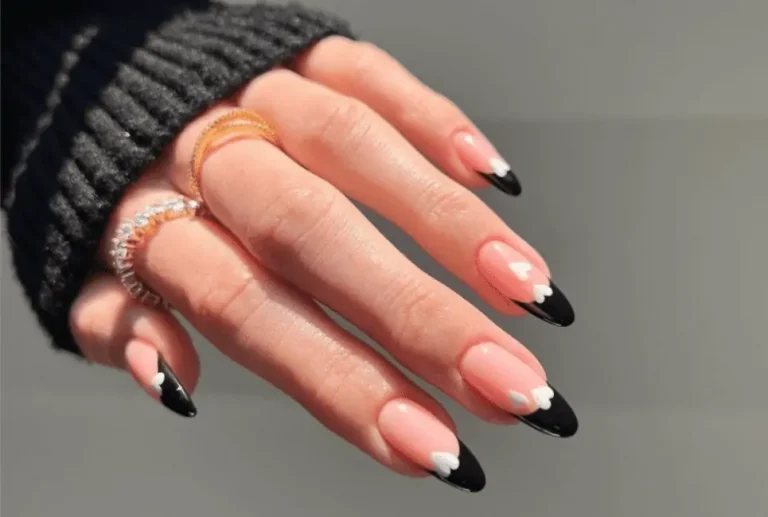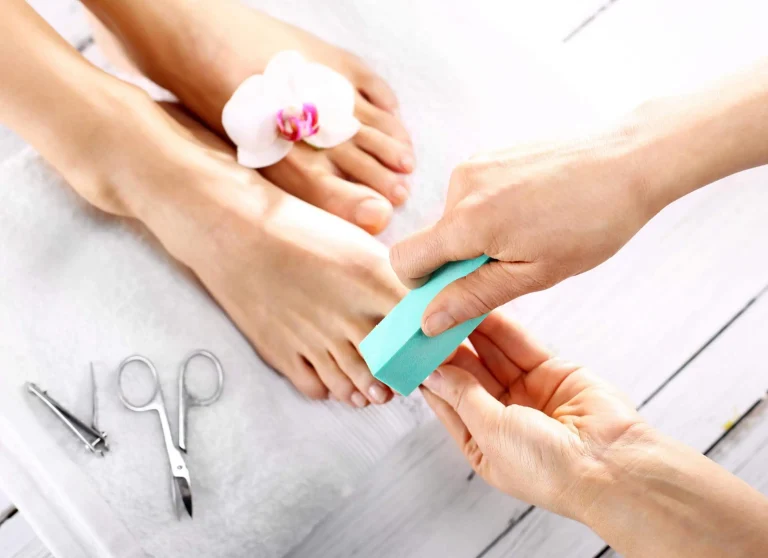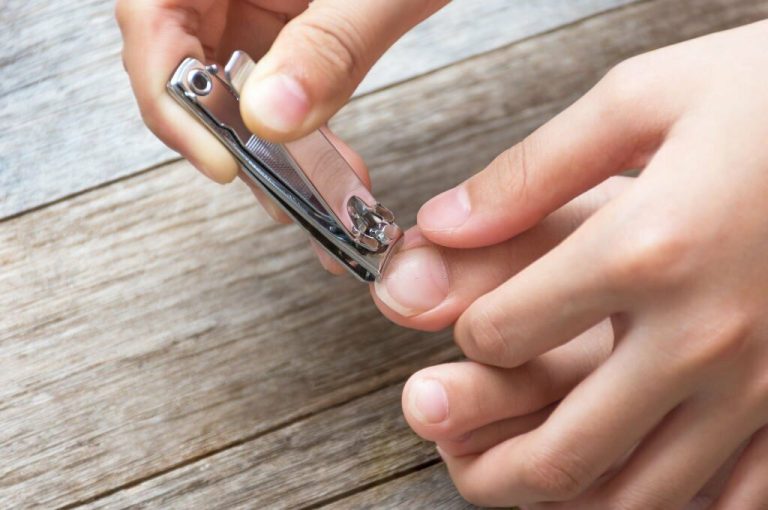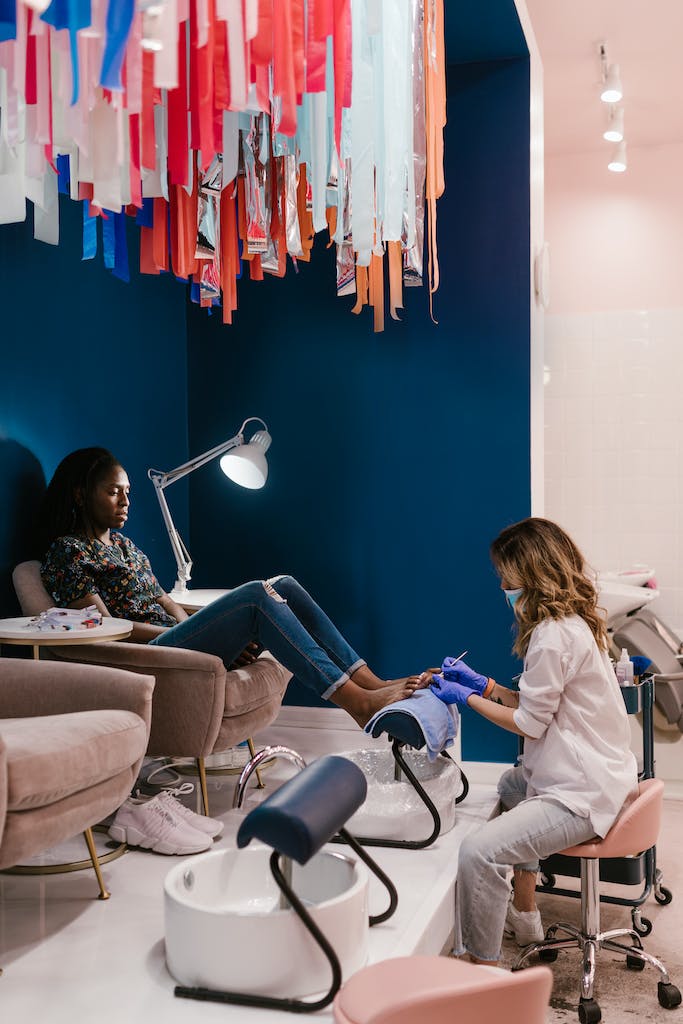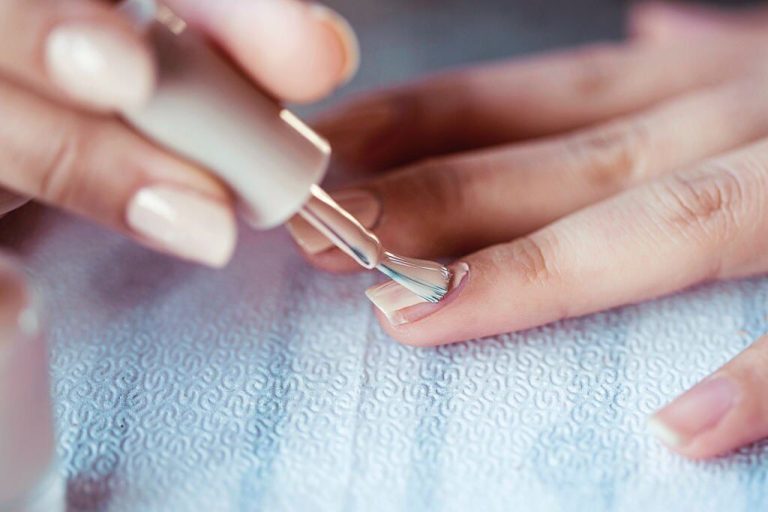Can Gel Polish Air Dry? Explained in Detail
Gel polish has become one of the most popular nail trends in recent years. Unlike traditional nail polish, gel polish offers extended wear without chipping, smudging or fading. With gel polish, you can go 2-3 weeks between manicures! But there’s a catch – gel polish cannot air dry.
If you’re new to gel manicures, you probably have a lot of questions about the process. Can you let it air dry instead of using the UV lamp? Is a UV lamp safe? Are there eco-friendly gel options? What about doing it yourself at home?
This article will cover the common questions around gel polish and the science behind why it requires a special drying method.
Why Can’t Gel Polish Air Dry?
Contents
Gel polish is formulated differently than regular nail polish, which is why it can’t air dry. Regular nail polish is made from nitrocellulose, acetone, and coloring pigments which interact with oxygen in the air as they dry. This allows the polish to harden and set on your nails within minutes.
Gel polish contains thicker, heavier molecules like acrylic oligomers and monomers. These molecules are activated by UV light rather than air contact. In fact, oxygen prevents the gel from curing properly – it needs an airtight environment to set.
So while you can apply gel polish like a regular manicure, it will remain thick, sticky and soft until you cure it under a UV or LED lamp. Simply waiting for gel polish to air dry will not work. But why exactly does UV light have this effect on gel polish?
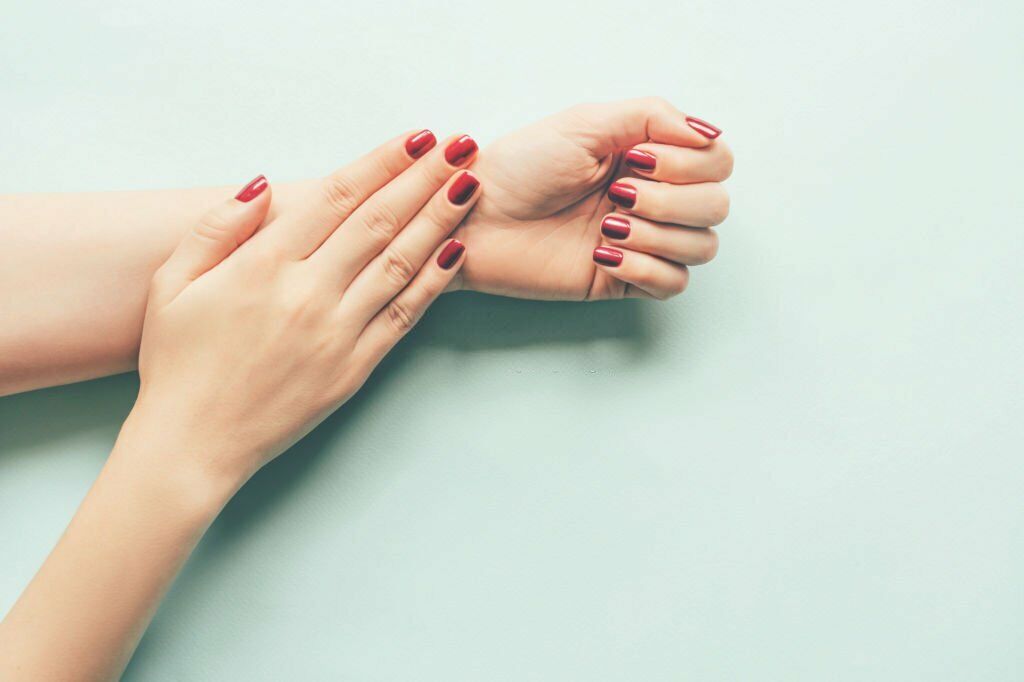
The Science of Curing Gel Polish
Gel polish cures through a process called photoinitiation – using light energy to activate chemical bonding. When you place your hand under the UV/LED lamp after applying gel polish, the light triggers a photochemical reaction.
Specifically, the UV rays excite the carbon-based molecules in the gel polish, causing them to form longer chains of polymers. This transforms the gel from a thick liquid into a solid, durable plastic coating.
Without exposing the gel polish to UV light, the molecules can’t form the rigid polymers that create a hardened manicure. Air contact doesn’t provide enough energy to kickstart the curing process.
You may be wondering whether sunlight can cure gel polish in place of a UV lamp. We’ll get to that question later on!
Addressing Concerns About UV Lamps
With regular exposure to UV light being linked to skin damage and cancer risk, it’s natural to have some concerns about using UV lamps for your gel manicures. However, modern LED lamps provide a safer alternative.
LED lamps use a narrow spectrum of UVA light that is less damaging compared to broad-spectrum UV rays. LED systems also cure gel polish faster, in as little as 30 seconds versus 2+ minutes under traditional UV.
Reputable nail salons always use LED lamps rather than UV to reduce sun damage risks. There are even portable LED lamps available if you want to DIY gel manicures at home.
Speaking of DIY gel polish, let’s talk about whether there are more natural, eco-friendly options…
Eco-Friendly Gel Polish Options
Classic gel polish formulas contain controversial ingredients like HEMA, TPHP, and harmful solvents. But now there are plant-based gel polish options available for a more natural manicure, like:
- Shea butter or candelilla wax base instead of acrylic monomers
- Natural pigments from seeds, minerals, and fruits
- Free of the “toxic trio” – Formaldehyde, Toluene, and Dibutyl Phthalate
These plant-based gel polishes still require UV/LED light to cure properly. However, they skip the harsh chemicals typical of traditional gel polish.
“Toxin-free” gel polish kits use safer formulas while providing the same durable, long-lasting results. Look for brands like Sundays, Pacifica, and Scotch Naturals when shopping for eco-friendly gel options.
Will Gel Polish Cure in Sunlight?
Alright, let’s settle this common question – can you cure gel polish by sitting in the sun? The short answer is: not effectively.
Although sunlight does contain small amounts of UV rays, it does not produce enough concentrated light energy to fully set and dry gel polish.
Sitting in direct sunlight may make your uncured gel polish feel slightly thicker or tacky as the molecules begin bonding. But it will remain soft and vulnerable to smudging.
Only brief (1-2 minutes) direct exposure to sunlight can potentially finish curing partially dried gel polish. But results will be inconsistent and the manicure won’t last as long.
For best results, use a proper LED lamp when applying gel polish. Trying to take shortcuts by air drying or using sunlight will not produce a durable, long-lasting manicure.
Drying Gel Polish Without a UV Lamp
If you want to avoid UV lamps entirely, there are a few alternative options:
- Use an LED lamp – As discussed earlier, LED systems are much gentler on your skin and nails than UV lamps.
- Try a non-UV curing gel – Some gel polish brands offer formulas that cure slowly by air over time without light needed. However, this takes 1-2 hours to set fully.
- Use a drying agent – Products like Gel Sealer can help harden gel polish without UV exposure. However, they won’t bond the layers as strongly as curing under a lamp.
While the above methods work in a pinch, using an LED lamp is still the most reliable way to get properly hardened, salon-quality gel nail results at home.
No-Light Gel Polish Explained
In your gel polish research, you may have come across products marketed as “no-light gel” that can air dry. How does this type of gel polish work?
No-light gels use a chemistry that allows slow air drying without UV rays, making them a handy option for DIY manicures. They contain mildly self-setting polymers that cross-link over time when exposed to oxygen.
After prepping your nails, apply thin layers of the no-light gel as you would regular polish. Make sure each layer is completely dry before adding the next. The drying time takes 60-90 minutes per layer – significantly longer than typical gel polish under a lamp.
No-light gels provide more durability than regular nail polish with 5-7 days of wear. However, they won’t last quite as long or be as glossy as traditional UV-cured gel manicures. But they’re great for lower maintenance!
How Other Nail Polish Types Air Dry
To understand why gel polish doesn’t air dry, it helps to know how other nail product types cure:
Regular nail polish utilizes nitrocellulose lacquer and solvents with smaller molecules. These ingredients can evaporate when exposed to air, causing the polish to dry and harden within minutes.
Acrylic nails also rely on air exposure to cure. After applying the liquid acrylic mixture and shaping the nails, residual moisture evaporates out as the polymers cross-link together. This leaves behind a glossy, solid acrylic nail.
A quick hack to speed up air drying for any nail polish is to apply thin layers and spray with drying agent between coats. This “progressive coating” system stops oxygen inhibition and accelerates the drying time.
In Summary: Why Gel Polish Won’t Air Dry
- Gel polish contains larger acrylic monomers that require UV light energy to initiate bonding. Air drying does not provide enough activation for the molecules to polymerize and harden.
- Oxygen is a gel polish inhibitor – it needs an airtight environment for the UV curing process to work.
- Sunlight exposure provides minimal and inconsistent results for setting gel polish. A proper LED lamp is needed for best outcomes.
- Alternatives like no-light gel work for DIY manicures but still take much longer versus typical gel cured under lamps.
- For maximum durability and glossy shine, use an LED lamp when applying gel polish. Air drying simply will not create the same hardened, long-lasting manicure.
I hope this article helped explain the science behind gel nail polish and why it requires UV/LED light to cure and dry effectively. Let me know if you have any other gel manicure questions!

Founded by Sophia Rodriguez, IGXO Cosmetics is a PETA-certified, cruelty-free, and vegan makeup brand.
